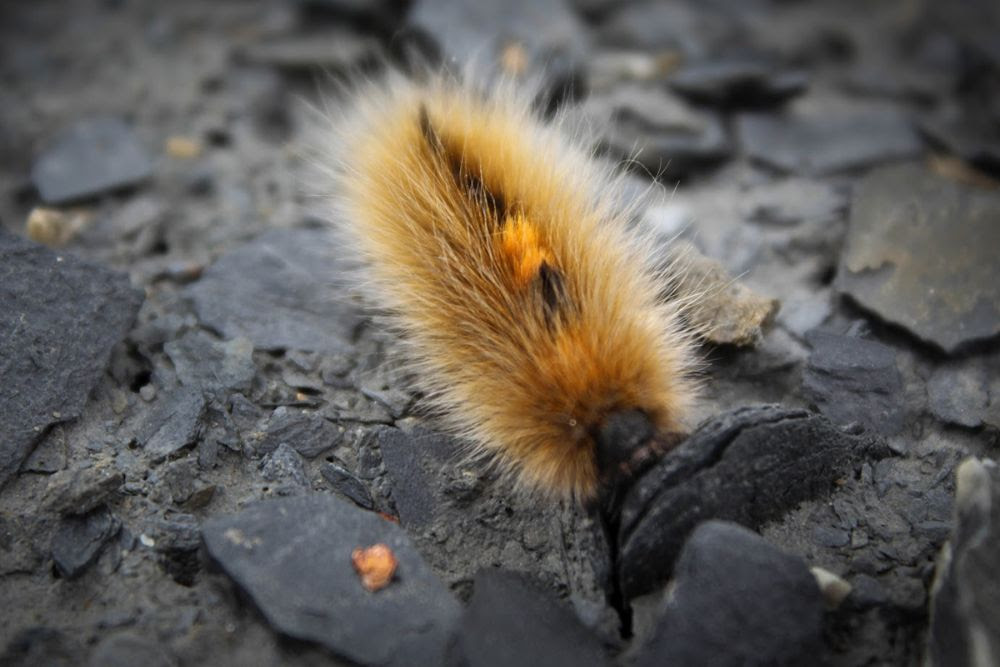During last week’s Online Bug Encounter, we dove into the history and folklore behind woolly bear caterpillars and their ability to “predict” the severity of the upcoming winter.
The term “woolly bear caterpillar” is a common name that can refer to more than one species of moth. Generally speaking though, “woolly bear” refers to the species Pyrrharctia isabella, the Isabella tiger moth, whose larval form is the familiar, brown-and-black banded fuzzball whose weather prediction skills are… questionable.
While we were able to debunk the legend of these winter weather predictors, their legacy lives on in the many festivals that celebrate them.

And why shouldn’t we celebrate this caterpillar? They may not be meteorologists but they are fascinating (and adorable!) in their own right.
The woolly bear survives winter in its larval form, a rarity amongst insects. It is also one of few northern hemisphere insects to practice freeze tolerance, pumping its body full of cryoprotectants at the onset of cold weather, freezing solid, and thawing in the spring to pupate.
However extreme this overwintering strategy may seem, it doesn’t hold a candle to its relative, the arctic woolly bear caterpillar.

The arctic woolly bear, Gynaephora groenlandica, is native to the High Arctic, where the growing season is short and the winters last for much of the calendar year. In order for the caterpillar to reach the size required to trigger pupation, the caterpillar must feed voraciously… for 7 years.
The arctic woolly caterpillar is indeed a long-lived lepidopteran, undergoing the freeze/thaw cycle for an average of 7 springs before it has consumed enough foliage to reach the appropriate size. Sleep, gorge, rinse and repeat. What a life.